The Swallow belongs to a group of birds in the Hirundinidae family. Scientists recognize 90 different species of birds in this family, across 19 different taxonomic genuses.
Some of the other types of birds in the Swallow family include river martins, saw-wings, and martins, and Swallows. There are a wide variety of these birds across the globe. Read on to learn about the Swallow.
Description of the Swallow
Though there are a wide variety of Swallows, many species have similar body shape. They have short pointed bills, and wide mouths. Their wings are long and pointed, and many species have forked, or “Swallow tails.”
They come in a variety of different colors, from the standard brown, black, and grey, to iridescent green, blue, red, and orange. They range in size from around four to eight inches long, and most weigh no more than two ounces.
Interesting Facts About the Swallow
There are many different and unique species of these birds. Below, we highlight several different species and what makes them interesting.
- Barn Swallow – This incredibly common species is the most widespread Swallow in the world. Naturally, this species used to build their nests in caves. Nowadays, their favorite place to raise their young is inside barns and other man-made buildings.
- Bank Swallow – The this species is one of the smallest in the family. Unlike some others, Bank Swallows dig tunnels for their nests. As strange as it may seem, this little bird digs its own burrow!
- Violet-Green Swallow – The Violet-Green species ar3e incredibly beautiful little birds. They look like they are wearing a green cape and hood over their heads, and they have violet feathers on their wings and lower backs.
- Cave Swallow – This species builds their nests inside caves, and more recently, beneath overpasses. They use a mixture of mud and bat guano (bat poop!) to create their nests. Some nests are fully enclosed with a small opening or tunnel to climb through, while others are simple cups.
Habitat of the Swallow
Different types of Swallows live in different types of habitats. As a whole, this family inhabits a wide variety of different ecosystems. They build nests in caves, under bridges, in barns, hollow trees, nest boxes, cliffs, burrows/tunnels, and more.
These birds inhabit and forage in a wide range of habitat types, including grasslands, meadows, open woodlands, scrubland, savanna, wetlands, marshes, and more. Different species live everywhere from sea level to high in the mountains.
Distribution of the Swallow
For such small birds, these have incredible distribution. In fact, you can find various Swallow species on every continent in the world, including Antarctica! Different species have different ranges. Some live only in small areas, while others are incredibly widespread.
Many of these birds are migratory, which means that at any given time of year you can find them across vast regions. For example, Barn Swallows spend their winters across the Southern Hemisphere, and return to the Northern Hemisphere to breed in the spring and summer.
Diet of the Swallow
These birds all share a common feature, their body and beak shape. Their long, pointed wings help them fly swiftly and expertly after fleeing prey. Their small beaks, with incredibly wide mouths, help them snatch it up once they apprehend it.
This means that nearly all species of these birds feed on the same types of prey items – flying insects. Some species are picky about what types of insects they eat, while others snatch up just about anything they can catch up to. Some Swallow species also eat fruits, seeds, and berries.
Swallow and Human Interaction
People actually like these birds, because they feed on pesky flying insects that we don’t like. Because of this, many people encourage Swallows to nest near their properties, or in parks and other areas. People build nest boxes, and they often target a specific local species.
Sadly, some of these birds do suffer from human interaction, like habitat destruction, pollution, and pesticides. There are several different species that the IUCN lists as Critically Endangered, Endangered, or Vulnerable.
Domestication
Humans have not domesticated any Swallow species.
Does the Swallow Make a Good Pet
No, Swallows do not make good pets. However, if you would like to attract these birds to your yard or garden, they do make good neighbors!
These little birds will fly about eating your mosquitoes and gnats, so feel free to put out nest boxes for them. While you’re at it, you can add some bat boxes too! You can learn more about attracting birds to your yard on the U.S. Fish & Wildlife Service’s Backyard Birding page.
Swallow Care
Because there are such a wide variety of species, caring for Swallows in a zoological setting varies greatly. Generally speaking, these birds need large, aviary-style enclosures to live in. They fly swiftly, and capture their prey in the air.
Zookeepers feed them crickets, mealworms, flies, pelleted insectivore diet, fruits, berries, and seeds, depending on the species. Their social needs vary based on the species.
Behavior of the Swallow
Though each species is different, for the most part these birds are diurnal and active during the day. Many species undergo migrations, and some migrations cover thousands of miles! Their social behavior varies from species to species.
Some species of these birds live and nest in large flocks, known as “colonies.” Other species are mostly solitary or live in mated pairs. Most breeding pairs hold territories, which vary in size based on their social behavior. Even birds that nest in colonies have small territories around their nests.
Reproduction of the Swallow
These birds utilize different nesting strategies, depending on the species. Some nest in the discarded nests of other birds, including other Swallow species. Other species build their own nests, either by digging tunnels, finding hollow trees, or constructing nests out of mud.
Most of these birds lay four or five eggs per clutch, and incubation duties vary based on the species. The incubation period usually lasts around two or three weeks. Both parents care for the chicks, and the chicks begin learning to fly when they are around three weeks old.
Beliefs, Superstitions, and Phobias About the Swallow
These birds, because they are so widespread and common, feature in different cultures across the globe. Sailors consider Swallows a good luck sign, likely because they are not seafaring birds, so when you see one, they are usually heading towards land.

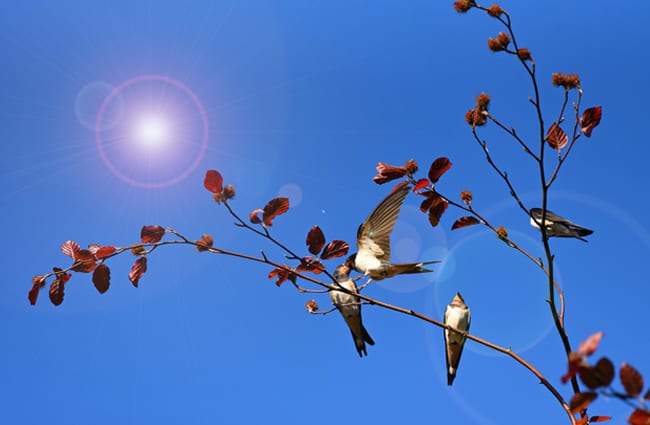

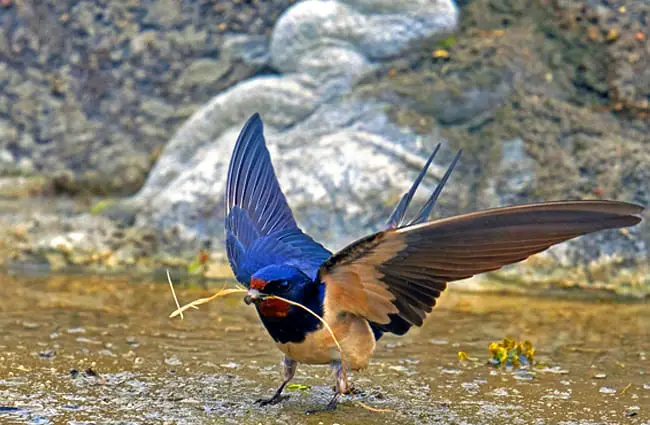

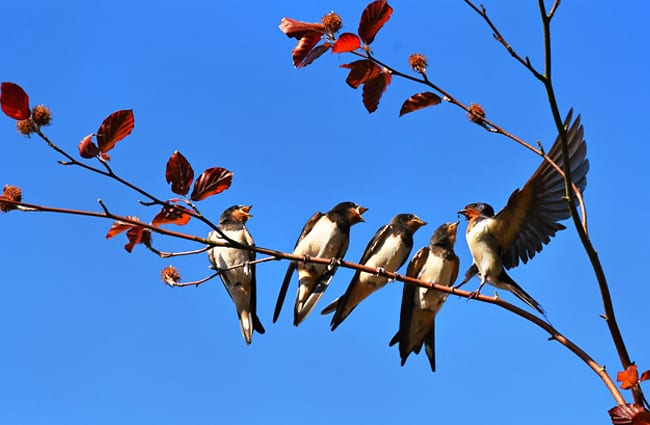

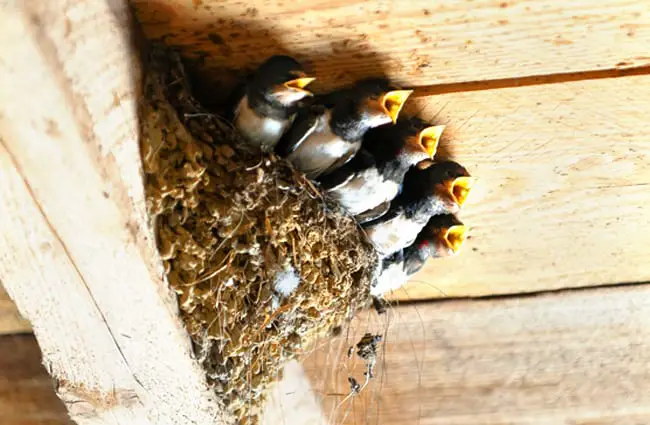

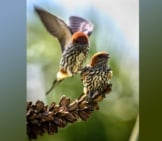
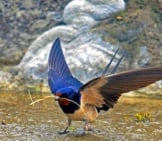
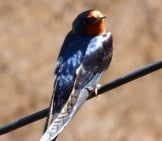
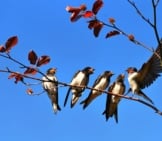
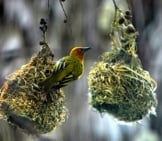
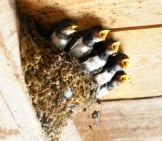
![Red Angus Closeup of a beautiful Red Angus cowPhoto by: U.S. Department of Agriculture [pubic domain]https://creativecommons.org/licenses/by/2.0/](https://animals.net/wp-content/uploads/2020/03/Red-Angus-4-238x178.jpg)


![Red Angus Closeup of a beautiful Red Angus cowPhoto by: U.S. Department of Agriculture [pubic domain]https://creativecommons.org/licenses/by/2.0/](https://animals.net/wp-content/uploads/2020/03/Red-Angus-4-100x75.jpg)

